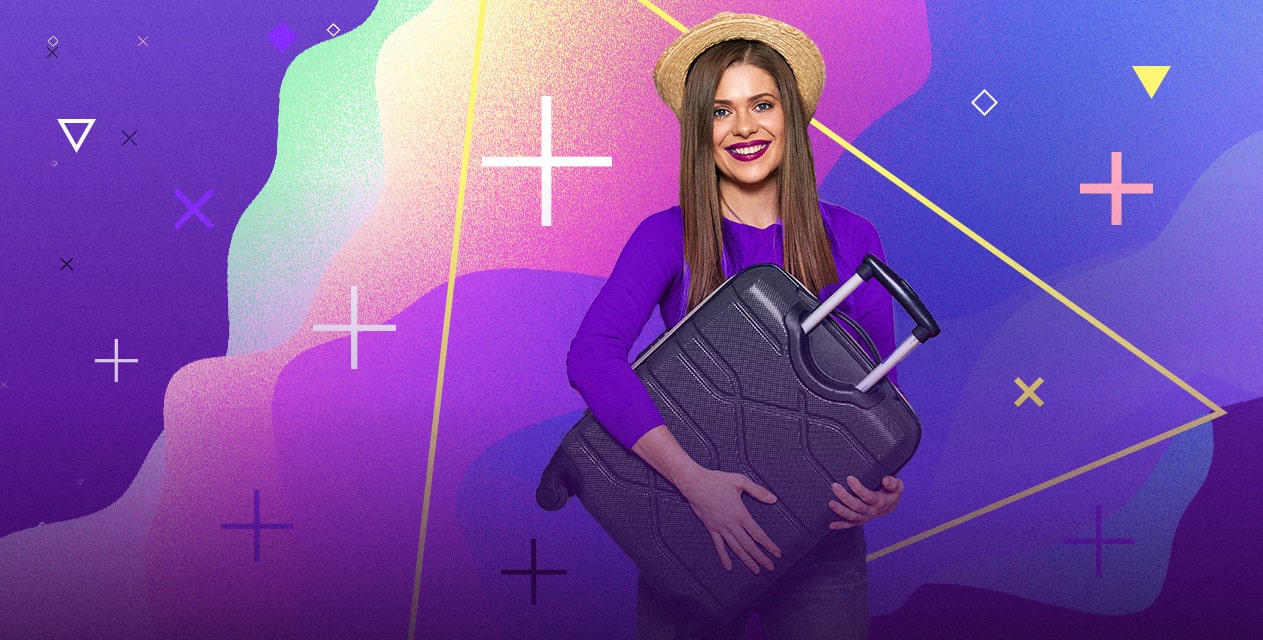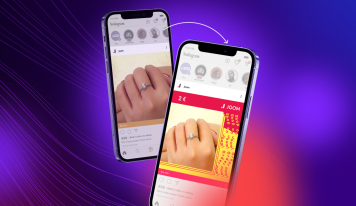Learn how a DAT campaign for a booking service attracts hotel guests
Each ROAS trip begins with a customer. When it comes to a booking service, customers invest in the ROAS with their own travelling endeavours.
Let’s follow Ann’s adventure through the customer funnel, as she gets hooked by Hotellook, who used one of the hottest Facebook ad formats: dynamic adverts for travel (DAT). This format lets hotels and other travel businesses automatically show adverts in Facebook, Instagram, and Audience Network to people who have previously demonstrated interest by visiting your website or mobile app.
Now let the funnel journey begin! At the end of the story we will reveal some exciting results of Hotellook’s DAT campaign conducted with Aitarget.
Voyage voyage
Interest. Ann is planning her and her boyfriend’s trip to the Maldives from 1 October till 14 October. She’s been surfing across many booking services from her mobile, and two days ago she came across the Hotellook app, searched for a while for a suitable hotel, but left the app without booking. The Facebook SDK set in the Hotellook app triggered her actions and it now knows her interests and considerations regarding desired destination, dates, prices, and facilities.
Prompted Consideration. Later, both in Facebook and Instagram Ann finds Hotellook ads not only of the hotel that she nearly booked, but also of very similar ones in the same sought-after archipelago. All data about the hotels is synchronised with Facebook via Hotel catalogue, whereas Hotellook has no hustle-bustle with creatives, checking prices, and room availability.
Further Consideration. When Ann follows a link to an external website from her Facebook news feed on her mobile she sees the same hotel advertised as the Audience Network is involved.
Purchase Convinced, Ann clicks the call-to-action button “Book Now” and continues with her buying. The ad redirects her exactly to the hotel she was looking for and she successfully books a room for the romantic holiday.
It is a very smooth process, and a DAT saves hours of routine and cumbersome work for an advertiser. Let’s examine the nuts and bolts of how it works.
Case Study: Hotellook’s travel DATes
Hotellook is a booking service with an app that represents the simplest way to compare hotels and prices across 80+ leading hotel booking systems.
The company chose to launch a DAT as a new ad format for their promotion throughout Facebook. Hotellook opted for a DAT campaign teamed with Aitarget for hotellook.com, their hotel booking assistant. The campaign spanned Instagram, Facebook, and Audience Network for mobile devices only.
The product catalogue of hotels contained detailed information about more than 200,000 hotels. The ads were targeted to people of all ages who have searched the site or app within the past 10 days, but have not booked anything.
The chosen ad format was Carousel, with the “Book Now” CTA. The optimisation was set for link clicks and conversions.
A triple treat!
The DAT click-through rate was 1.76% compared to a previously used DPA rate of 0.51% – more than a threefold increase in CTR compared to a standard campaign.
Therefore, whether you are looking to drive efficient bookings at scale or want to increase hotel bookings by re-targeting people, we strongly advise you to ramp up your sales with a DAT.
Aitarget’s Six Commandments before you run a DAT
- Set up a Facebook pixel for your website and/or Facebook SDK for your mobile app;
- Compile a product catalogue with detailed information, including pricing;
- Test tags in your ad template;
- Add trip dates and destinations into your URL;
- Use only high quality appealing pictures; and
- Optimise bids.











